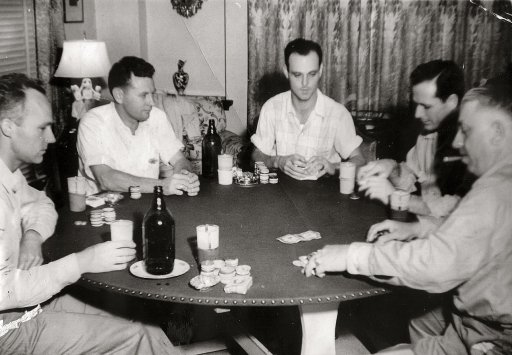If you have ever felt like a poker star, reading every hand carefully and making amazing moves, then you might be wondering why it doesn’t happen more often. However, you also make mistakes that are not acceptable for a player your level.
Our Team https://gallerydiet.com professionals can sometimes play their C game, which can lead to losses of many tens of thousand in one session at stakes. These two states of play are called your C-game or your A game. They represent how human beings learn. The Inchworm Concept is the most popular model for learning this phenomenon. It was created by Jared Tendler, who is a well-known mental game coach and poker player. If you’ve never seen an inchworm in nature, or in a document, it is a tiny worm. It moves by holding its front legs with both its hind and front legs, then moving forward with its front body, while keeping the wood with its prolegs.
How the Inchworm Concept works
The Inchworm Concept is the same as the actual movement. There are three rules to learning and taking your game further.
Rule 1: You add an additional skill to your arsenal of poker tools, which helps you advance in the game (the inchworm is on the front foot).
Rule 2: You fix the leak in your C game and make it less exploitable to other players. (The inchworm moves forward).
Rule 3: You improve your overall play level as a result stages 1 and 2. This makes your B-game more powerful (the inchworm moves its who body forward).
Although this concept can be difficult to explain with words, Jared Tendler provided an excellent illustration of a bell curve graph which illustrates exactly what is happening:
What to do first when you work on your game
How do you apply the Inchworm concept now that you are familiar with it? It’s easy for people to lose track of where to begin when poker is so complex. While many coaches recommend focusing on your strengths and working to improve them, poker is a very difficult game. We can lose a lot of money if our weaknesses are not addressed. Our advice is straightforward:

The Inchworm Concept should be applied to your leaks and C game first.
What happens if this is done? You can find a leak, plug it, and your C-game gets better. This means you don’t go into a money-losing zone anymore. But you might just be able to play break-even. Is that something that will make you money over the long-term? Absolutely!
What happens when you attempt to move the opposite end in poker? It means that your A-game improves, but the bell curve expands to the point where it is beyond your screen. This means that you can either play like a genius or as a fish. Playing like a fish in poker will make you lose money. We don’t want this.
How important is it to work on your C-game
Poker is a zero-sum game. The player who makes the fewest mistakes will win the most money. Unless the game is so heavily raked, nobody wins. Sidenote: It is a good idea to stay away from heavily raked poker games. You can expect to pay between 7-10BB/100 in rakeback for micros and the low end of low stakes online.
C-game errors can happen for many reasons other than your incompetence. They are often linked to mental game issues like your mind going blank under pressure, fear of failing, and decreased motivation after playing for a while. These include checking instead of raising checks because of a fear aversion, and taking aggressive lines on turn & river because you believe your superior strategy will win you every pot. These mistakes can be easily identified once they are made, but you will still make them in the heat of battle. Bad C-games can lead to frustration and anxiety, which can cause more C-game errors, making it difficult to get out of a vicious circle.
Use The Mental Hand History to repair your C-game leaks
The Mental Hand History is an extremely useful tool to identify and fix C-game leaks. The tool is easy to use and has five steps. This is how it works: Replace the example error with a real C game mistake you have been practicing.
- Describe your problem
“I’m too bluffing on the flop without equity when called against calling stations.
- Explain the logic behind your problem
“I must fire bluffs because they can’t hit every flip, but they will fold sometimes!”
- Determine why the logic of step 2 is flawed.
“I’ve seen them float me IP and OOP with a bare card, a gutshot, and many other weak hands. It seems that they don’t fold easily.” They can see me as an aggressive player, and they may call me down more often because I bet against them on the flip.
- Fix the error in your logic
“I should stop bluffing with them and start value-betting on their flops against me.”
- Find out why this correction is beneficial in the long-term
“These calling-stations will keep me floating on the flop,” so I need equity and good hands to beat them. This is how I can beat them over the long-term.
A 1-on-1 coaching session is a great way to improve your game. Numerous poker training sites now offer coaching for profits programs, which can be done risk-free.